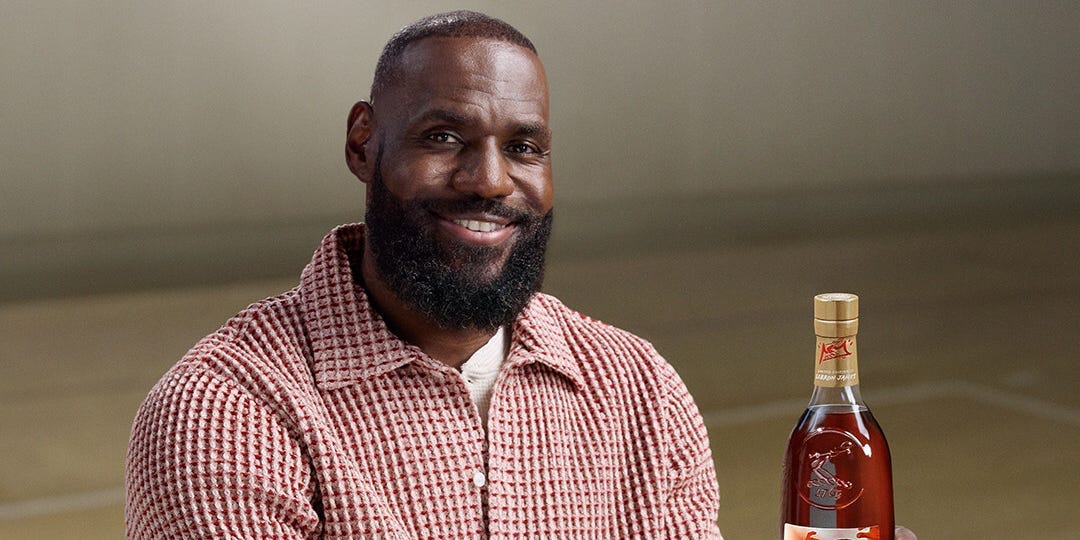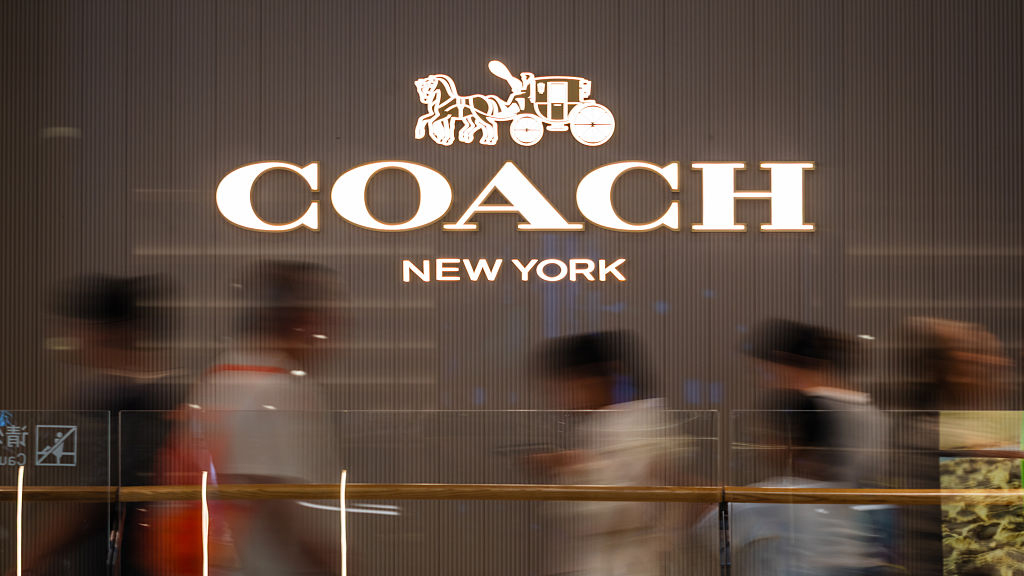Adapting to Cultural Shifts in Real Time
In the fast-paced world of digital marketing, brands striving to stay culturally relevant must do more than just talk the talk. At Advertising Week New York, executives from Molson Coors and PepsiCo shared how they have built internal systems that allow them to act quickly and meaningfully in response to cultural moments.
The phrase “moving at the speed of culture” may sound like a cliché, but for today’s marketers, it’s a necessity. Brands that can engage authentically in cultural conversations are more likely to resonate with consumers. However, doing so requires more than good intentions—it demands strategic frameworks, cohesive agency partnerships, and a clear sense of brand identity.
Building Strategic Frameworks
Molson Coors has developed a creative effectiveness framework called MUSCLE: magnetic, unexpected, simple, crafted brilliantly, long-term platform, and essence of brand. Similarly, agency partner Rethink uses CRAFTS: clear, relevant, achievable, fresh, true, shareable. These acronyms provide a shared vocabulary that helps teams quickly determine whether a creative idea aligns with brand goals.
“It helps reduce subjective conversations and align everyone, regardless of seniority or department,” said Sean McDonald, global chief strategy officer at Rethink. These frameworks promote clarity and speed, two key ingredients for executing timely campaigns.
Leadership and Cross-functional Alignment
PepsiCo’s marketing strategy emphasizes cross-functional collaboration. According to Jess Spaulding, head of marketing for food master brands at PepsiCo Foods, marketing teams are considered “growth architects.” Their role includes not only producing compelling creative but also ensuring alignment with broader business imperatives like market availability and value propositions.
“We look at it holistically with our partners to make sure the brands are distinct, culturally relevant, and positioned for long-term growth,” Spaulding said.
Knowing When to Engage
Molson Coors places particular emphasis on the “long-term platform” and “essence of brand” components of its MUSCLE framework. These elements help guide decisions on when it’s appropriate—or not—to engage in cultural conversations.
“Just because we can doesn’t mean we should,” noted Leslie Malcolm, vice president of marketing at Molson Coors Canada. A cultural moment might be trending, but without a strong brand connection, participating might dilute the message instead of enhancing it.
PepsiCo follows a similar logic. Each brand under its umbrella operates with an 18-month vision that includes innovation timelines and media investment. “There are many moments we chose not to participate in,” Spaulding explained. “We only engage when we have something authentic to contribute.”
Successful Cultural Plays
One successful example from PepsiCo involved a holiday campaign in Canada. Consumers were encouraged to leave chips for Santa instead of cookies, a playful twist that felt authentic and on-brand. “It was a new occasion for the brand and sparked meaningful conversation,” said Spaulding.
Molson Coors also saw cultural success with its 2024 “See My Name” campaign, developed with Rethink. The initiative supported the Professional Women’s Hockey League (PWHL) by placing player names below jersey numbers—an area typically covered by hair—thereby making athletes more visible. This effort aligned perfectly with Molson’s deep connection to hockey and commitment to gender equality in sports.
“It was a natural fit,” Malcolm said. “We’ve long supported hockey, so showing up for the PWHL was both culturally relevant and brand-consistent.”
Balancing Long-Term Strategy with Agility
Despite their size, both Molson Coors and PepsiCo recognize the need to be agile. “There’s always that tension between the speed of culture and the slower pace of large CPG companies,” Malcolm admitted. The solution lies in removing barriers quickly and having a flexible budget for spontaneous opportunities.
PepsiCo applies this balance by investing in long-term initiatives like Super Bowl ads while remaining adaptable for short-term activations. Spaulding emphasized that going viral is not a KPI. Instead, the focus is on increasing sales velocity through improved brand recall and consumer engagement.
McDonald added that a strong strategy should extract every bit of brand value through smart design, advertising, media placement, and PR. “You want to be memorable and distinct while staying true to your brand,” he said.
This article is inspired by content from Original Source. It has been rephrased for originality. Images are credited to the original source.





